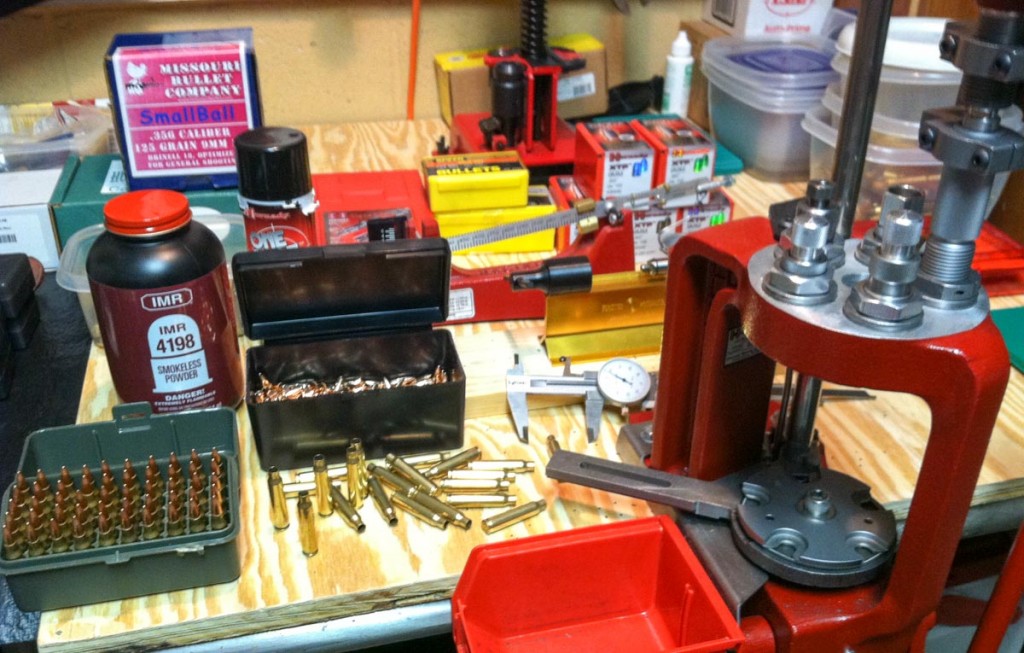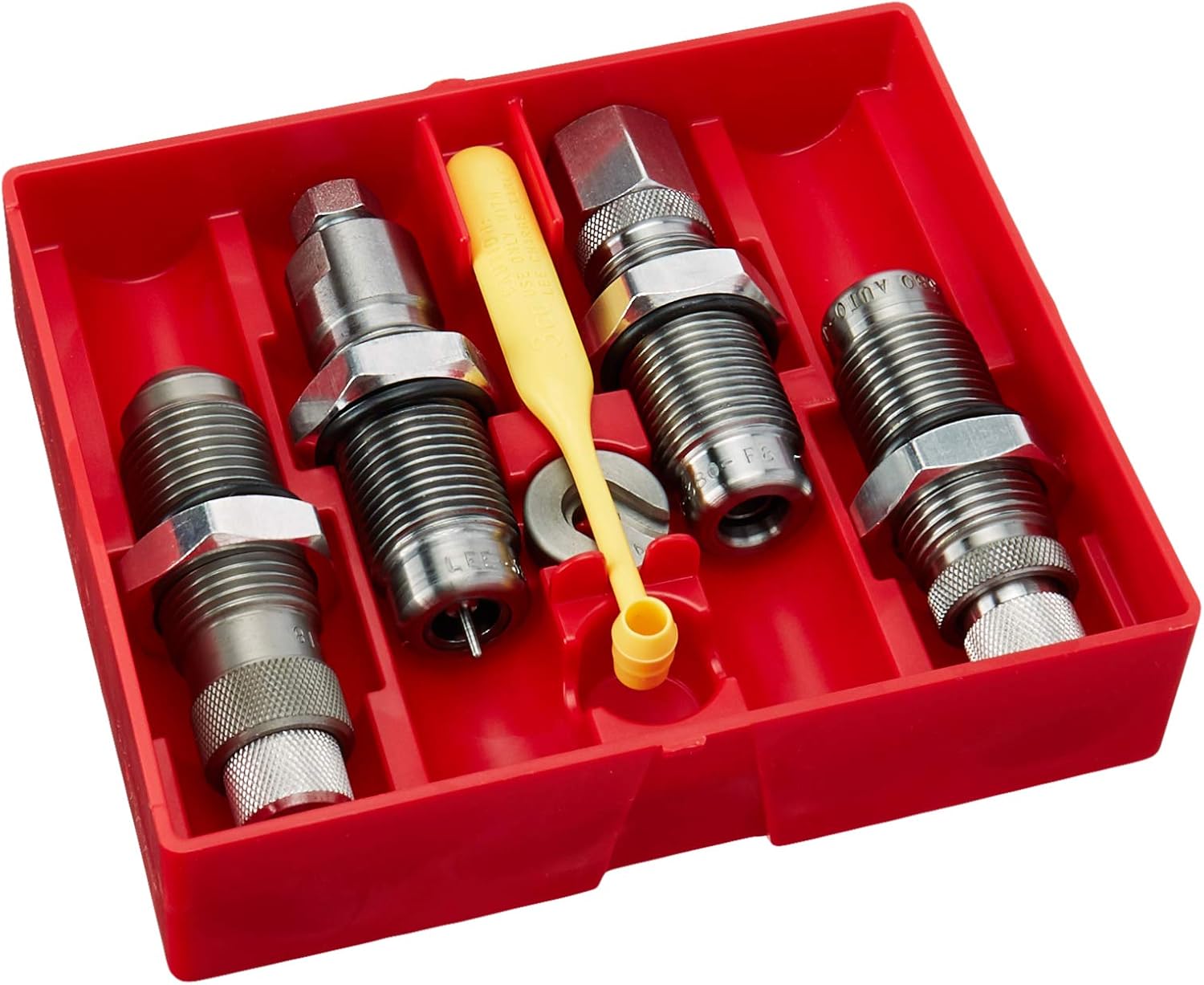
Reloading Basics: Everything You Need to Get Started
Even in the olden times, when the world isn't grasped by a worldwide pandemic—and ammunition isn't sold out everywhere—reloading brass-cased cartridges for guns and centerfire rifles is certainly worth the time.
After upfront expenses for hardware the money you save can be tremendous, particularly if you shoot a lot. In the event that you dedicate some time in load improvement, your best and most noticeably worse shooting firearms will quickly become more accurate. Additionally, reloading allows you to try different things with wildcats and more rare cartridges for which can't be purchased via retail.
The disadvantage is, for amateurs, reloading can be baffling, complex—and evidently—a colossal pain in the butt. However it doesn't need to be. Here we've broken down the steps to get you started. Let's be honest. We all probably have more personal time at home ahead of us.
The Basics: Reloading 101
Reloading ammo lets you take spent brass housings and repurpose them into new rounds. You can make ammo from new out of the box brass which is the reason some make a differentiation among "hand loading" and "reloading." But whether the brass is new or used, the process is similar. You'll require a reloading press, some specially designed tools, and a reloading bench, to complete every one of the essential steps for making your own ammunition. You're additionally going to require some great quality guidance.
Before your jump online and purchase everything in a frenzy, get familiar first. Industry leaders will tell you "Individuals who've tried out this hobby before you have committed every mistake there is, so do a little reading and don't make those same mistakes yourself." It should be obvious, reloading mishaps can be lethal, so it truly pays to research and proceed with care.
If you're a beginner, look at The Practical Guide to Reloading Ammunition by Range365.com, and The Beginners Guide to Reloading Ammunition by Steven Gregersen. The two books are simple, quick read and give a decent primer (wink wink) on the stuff you need to begin reloading on a restricted spending budget.
YouTube is another great source, but be careful. There are tons of screwballs on the Internet.
At last, a flat out must is a decent reloading manual. They contain demonstrated information for different cartridges. Indeed, there are reloading plans on the web, however you should just trust and use plans from confirmed sources like powder and bullet makers. Numerous manuals, have multiple chapters covering the reloading, which is useful for beginners.

Instructions to set up your reloading bench
Setting up and organizing a reloading bench is based on your personal preference. Yet, for the most part, you need to have a lot of storage space, where everything is in reach, also with a spot to sit and prepare cases, plus a spot to stand and run the press. A bench can be made from steel pipe and a 8-foot-long butcher square ledge from the hardware store. To begin, bolt a 2×4 to the wall. Next bolt the back edge of the countertop to the 2×4. Lastly support the front edge of the countertop with a 36-inch threaded steel pipe on floor flanges. On the off chance that you don't have 8 feet of wall to work with, this plan can scale to 4-feet effectively, ultimately any super steady commercially available workbench will work too.
Recommend getting some bins for holding bullets, finished ammo, and sorting brass. Any sturdy plastic bins will do. However, when you begin reloading, you'll never walk the Tupperware aisles at Walmart again.
You'll have to attach your reloading press to the bench, and to be clear—the bench should feel sturdy and solid. Any wobble means there’s flex in the press, flex in the press is the enemy of consistency, and consistency is accuracy.
What to Look For in Your First Reloading Press
Most reloading presses use interchangeable dies. The dies are assigned by calibers. They size brass cases and seat bullets to make rounds that are sized according to the chamber of any gun caliber. The dies additionally change contingent upon what step you're at in reloading. The reloading process comes down to taking clean brass, resizing it by pressing it into a resizing die, shortening the case length if necessary, at that point expanding the neck of the case so a bullet will fit. Once that’s done, a primer is inserted next, then charge the case with powder, seat the bullet, press it in with a seating die, lastly, crimp the case if that round and recipe calls for it. Keep in mind these steps are not generally done in a specific order as each reloader will in general build up his own best work process. There are three sorts of metallic case reloading presses: single-stage, where each pull of the lever finishes one stage of the process; turret presses where you rotate the dies manually and press the round on each step; and the progressive, where the pull of the lever automatically finishes each step for numerous rounds at a time. Universal consensus says start with a single stage, and there’s no reason not to take that advice. It's the most clear, most direct approach to completely getting a handle on all the various steps it takes to reload a single round.
Reloading is gear intensive and choosing what you need can be overpowering. The press makers acknowledge this and offer starter kits, which will take you from an bare benchtop to (nearly) all you require. Also, unless you're shooting in precise benchrest competitions, all the name-brand presses do exactly the same thing, in a similar way, without a lot of change in the process.

Reloading Dies, Components, and Case Prep
Dies
Now as stated earlier kits come with MOST of the things you need to begin reloading. You'll also require reloading dies. These are the empty hunks of metal that brass and bullet are pressed into to form your ammunition. Each caliber has its own die, so a .357 die won't load 9mm and the other way around. Yet, to keep you on your toes, a .357 will load .38 Special, but let's not go there just yet.
If you're loading gun cartridges, spend a bit more for a three-die carbide set and if you're loading for a rifle, you'll need a resizing die, which shapes the brass to adjust to that type of caliber and a seating die, which seats the bullet into the brass. There are cartridges like those for straight-walled gun rounds additionally require an expander die, this opens the case neck a bit so you can get the bullet started by hand. In case you're loading pistol and rifle rounds, start with pistol cartridges as the cycle is less difficult.
Dies are for the most part compatible from one manufacturer to another, however when you're beginning, get them from the maker of your press, so Hornady with Hornady, RCBS dies with a RCBS press, and so on. On the off chance that you run into problems with your press and dies, it is useful when everything is of the same brand when you call customer service for help. Any individual who has at some point reloaded anything has called client support with an inquiry or help with a broken part.
Components
You will require bullets, powders, and primers. Contingent upon the cartridge and load, these parts will differ, so it's imperative to read through your reloading manual prior to purchasing anything and to only use components made for specific loads. Replacement powders, primers, and bullets can be destructive, bringing about injury and even death. Stay with the recipe if you prefer to keep your eyes, ears, and appendages.
Once you dial in a specific load, it pays to purchase reloading components in large amounts as there are big discounts when buying, say, 1,000 bullets compared with 100. This is particularly the case when purchasing powder as it sometimes requires an extra hazmat shipping fee.

Case Prep
At last, one thing most beginner reloading kits are missing is brass prep tools. Brass housings get messy and stretched out when they are shot so before you can reload one with a new primer, powder, and bullet, they should be cleaned and some of the time even trimmed. Case trimmers, tumblers, sonic cleaners, and cleaning stations, are completely used to prepare shot, spent brass for reloading.
For amateurs, it's wise to just start with new brass—that is available from any major manufacturers—it also removes these extra steps out of the equation. New, unfired brass normally doesn’t need much work except if you're doing precision shooting.
If you ultimately decide on reusing shot cases from the start, a case trimmer is a generally an excellent buy. For cleaning, the Hornady Lock-n-Load Sonic Cleaner is difficult to beat. You'll likewise need the a parts dryer or a cheap food dehydrator will do the job to dry the cases after they've been cleaned. If you'd prefer to use a tumbler—which cleans the cases utilizing dry media like walnut shells—you can avoid the drying process altogether.
Having hoards of ammunition for each gun in your firearm safe is a good feeling, if the world is coming to a end or not. It's not fun having to count shots when blowing off some steam at the range. Besides, if the world does go into a post pandemic-like apocalypse, we'll presumably start using ammunition as currency... Wouldn't it just be badass if you could print your own?